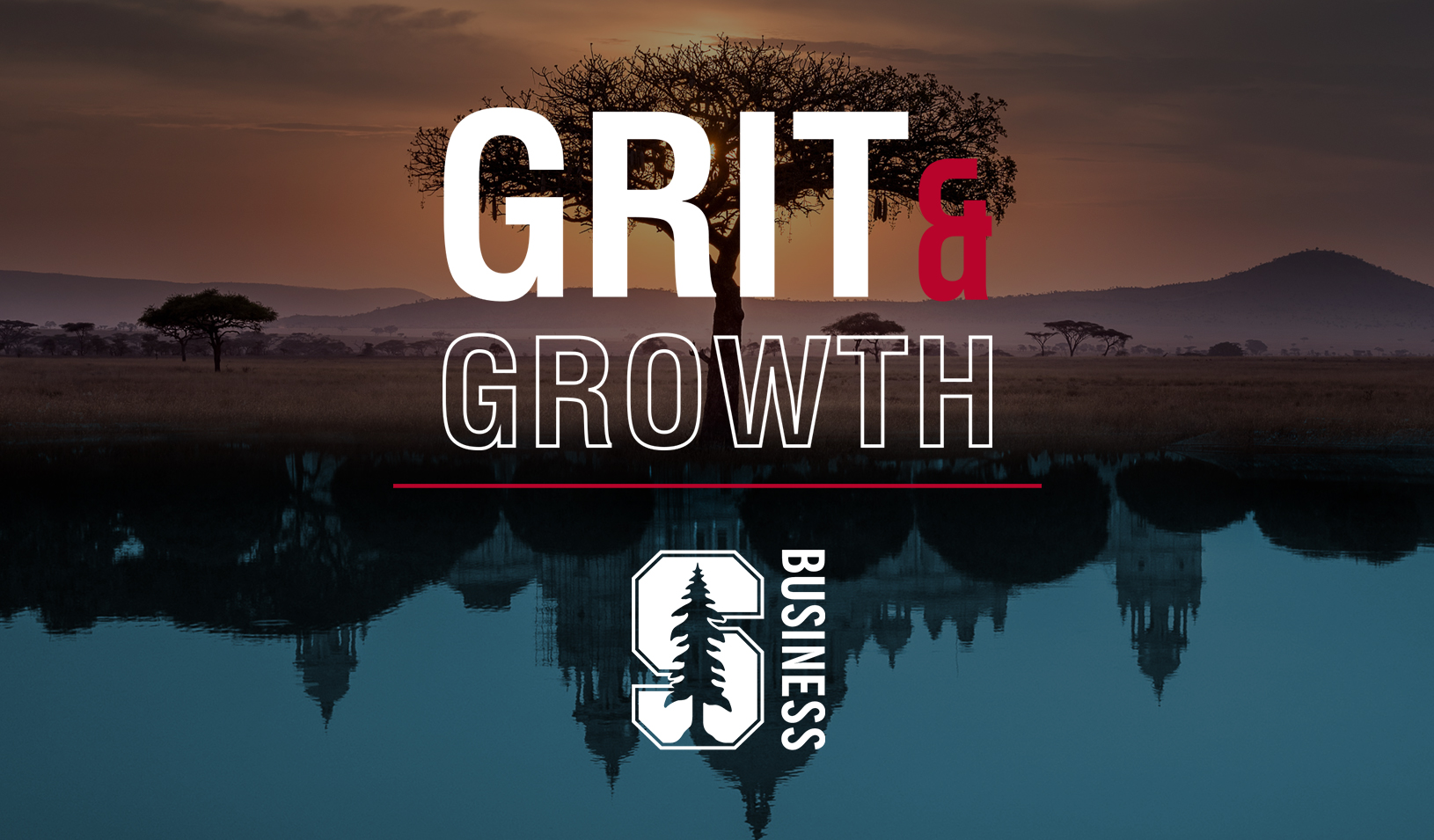Venture capitalists and other investors routinely gamble on which start-up companies warrant their investment. Complex models and detailed algorithms can be used to evaluate an organization’s financial position, market potential, and level of quantifiable risk. However, when it comes to assessing the effect of the founders and the senior management team on a venture’s likelihood of success, investors are forced to rely on little more than their experience, intuition, and general industry rules of thumb.
Leadership research, which can help investors predict the effect of top management on company performance, has traditionally focused on the role of the individual leader. “But anybody who has spent time in organizations knows that success is really driven by the team,” said Charles O’Reilly, the Frank E. Buck Professor of Management. “No one had compared the impact of the founding and top management teams,” added Christine Beckman, PhD ‘99, coauthor of the study. Other gaps in the existing research literature include the effect of team composition (prior company affiliations and functional diversity) and management turnover on a company’s success.
To address these open issues and potentially provide investors with more definitive information to assess a startup’s management team, O’Reilly and Beckman, along with Diane Burton, another PhD from Stanford, studied how the composition and turnover of founding and senior management teams impact company success. The results confirmed that founding and senior management teams with a variety of prior company affiliations and broad functional diversity tend to be more successful more quickly.
Beckman, Burton, and O’Reilly also discovered that turnover, specifically additions to the top management team and the exit of the founder, increases the likelihood that a company will achieve an initial public offering (IPO). The researchers determined success by the company’s ability to attract venture capital funding and complete an IPO.
The results were based on information collected in an 8-year-old longitudinal study of over 170 Silicon Valley startups. This study is known as the Stanford Project on Emerging Companies (SPEC), conducted between 1994 and 2002 by James Baron, now a professor at the Yale School of Management, and Michael Hannan, the StrataCom Professor of Management at the GSB.
“SPEC was a heroic effort to collect data on almost 200 startups here in Silicon Valley,” said O’Reilly. “One of the big issues with the study of startups is that researchers typically collect data at a single point in time so you never know what the real dynamics are. You don’t know what causality looks like. … In the SPEC project, they collected longitudinal data and followed these companies for [for eight years]. They created a unique data set that allows the careful unpacking of causality in ways that most studies don’t.” SPEC also compiled detailed information about the founding team, the senior management team, and changes to team composition over time. “Having detailed data on founding teams is rare since this information is usually not publicly available,” added Beckman.
While Baron, Hannan, and Burton, who worked with them on the original study, used the SPEC data to demonstrate that the organizational human resource blueprint imposed on an organization by management has important implications on future success, Beckman, Burton, and O’Reilly used it to test a set of hypotheses related to the effect of founders and top management on a company’s likelihood of attracting funding and going public.
First, they studied diversity within the senior team. Existing research lays out “two very different hypotheses about whether or not diversity is a good thing,” explained O’Reilly. “On the one hand, you can propose that diverse teams will bring more perspectives and different sets of information together and so should do a better job of solving problems and being creative. But you can also come up with the exact opposite hypothesis. In the face of diversity people get politically correct. They don’t want to offend others, they emphasize the things that are common rather than the things that are different, and they don’t know how to interact with each other particularly well. So there’s a large body of literature that shows that heterogeneity of teams actually leads to less-effective group process.”
The new study found evidence that “putting together teams that are diverse with respect to both functional diversity and prior company experience is a good thing,” O’Reilly said. “It’s not just about who knows what, but where they come from,” added Beckman. Companies with diverse founding and senior management teams had a higher likelihood than other firms of getting venture capital and going public.
The study also examined turnover. “You can argue that turnover is bad because it takes time for new people to adjust, which slows down company progress. The fact that people are leaving may also reflect the fact that there is conflict in the team,” said O’Reilly. However, turnover can be positive “as start-up organizations begin to grow and require people that have different perspectives and more experience to help them succeed,” he added. To better understand these effects and eliminate the ambiguity associated with the results of previous research, the new study explicitly divided turnover into entrances and exits.
Surprisingly, research showed that the departure of the founder significantly increased the probability that a firm would go public, O’Reilly said. He speculated that “founders are often people who have a great idea and the passion to begin to build a company. However, they aren’t necessarily the people who have the skills to continue managing a firm, especially in VC-funded companies.” Beckman said, “This also speaks to the difficulty that some founders have in letting go. Sometimes it can be harder for firms to change and grow if the founder continues to be the one at the helm.”
In contrast, when other team members leave, they reduce the probability of an IPO. Potentially, O’Reilly hypothesized, because their departure “reflects disagreements about the future direction of the company, which can lead to a negative outcome.”
Bringing in new people to the organization increased success, the study found. “As the firm gets bigger, you need more people with different experiences. But you don’t necessarily want to push other people out,” O’Reilly explained. “This suggests that leaders have to manage the process pretty carefully so that people who were involved in the beginning understand that they’re important, but that the company also needs to bring in other people” to support its evolution and growth.
Reflecting on the results of the study, O’Reilly admitted that the takeaways “are largely consistent with the common sense wisdom of venture capitalists.” However, he added, “From a research standpoint it has reduced some of the previous ambiguities around the effect of turnover, the effect of the founder, and the effect of team composition. It is a much more careful study and gets the causality straight in ways that previous research hasn’t.”
Recognizing a wealth of information still to be studied within the SPEC data, Beckman and Burton have initiated additional research projects to help investors and executives further understand leadership dynamics and their effect on the success of young startups.
For media inquiries, visit the Newsroom.





